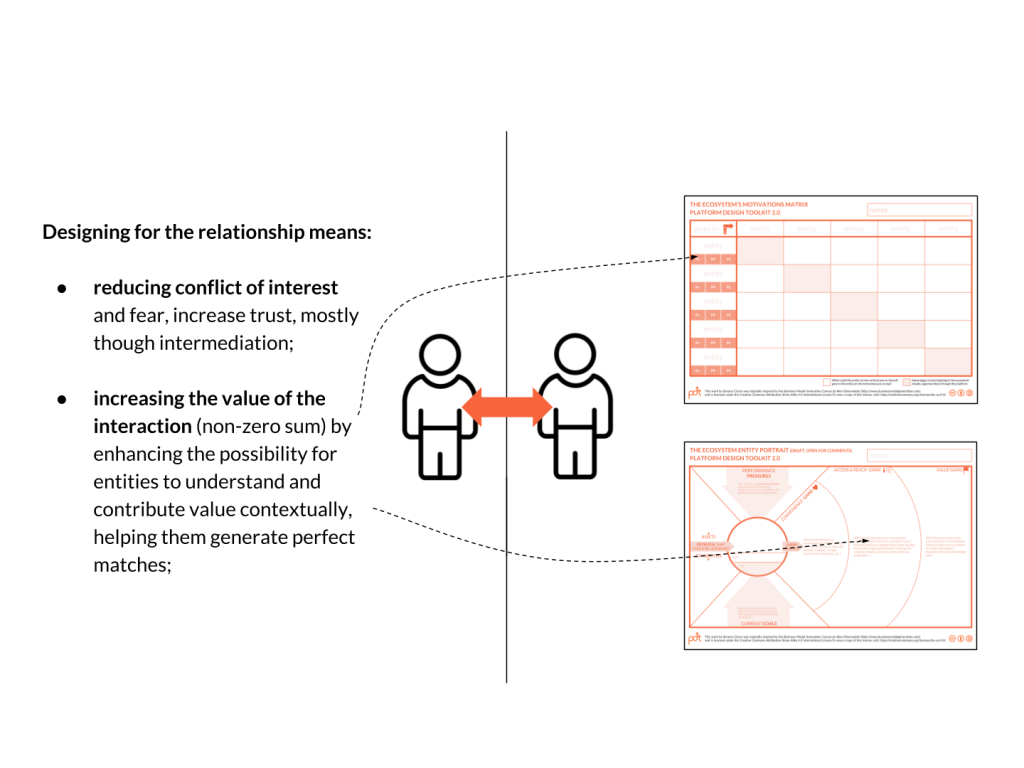Cultural entities encompass a complex web of human relationships, associations, and interconnectedness that collectively kind the fabric of societies. At its core, the concept of cultural entities acknowledges that people don’t occur in solitude; instead, they are integrated components of a broader network formed by national, familial, and societal factors. That delicate tapestry of connections runs beyond pure personal relationships, encapsulating the many communities, areas, and institutions to which people belong.
Understanding cultural entities involves delving to the makeup of individual relationship and the reciprocal impacts that shape conduct, beliefs, and values. These entities range from little, personal circles such as people and buddy organizations to larger societal structures like academic institutions, workplaces, and ethnic organizations. Each social entity represents a unique position in surrounding an individual’s personality and influencing their worldview.
The exploration of cultural entities frequently requires studying the collective norms, rituals, and distributed experiences that bind persons together. These entities serve as tools for socialization, providing contexts wherever people understand, collaborate, and establish a feeling of belonging. In essence, social entities would be the building blocks of towns, contributing to the forming of collective identities and the indication of ethnic history across generations.
As social beings, individuals steer a complicated interaction of associations within these entities, fostering a feeling of community, help, and distributed purpose. The relationships shaped within social entities contribute to the development of cultural capital—a valuable reference that facilitates cooperation, cooperation, and overall societal well-being. From the microcosm of particular friendships to the macrocosm of worldwide systems, cultural entities form just how persons see themselves and their jobs in the broader human tapestry.
Furthermore, social entities are not static; they evolve over time, showing societal improvements, technological developments, and shifting ethnic landscapes. The interconnected nature of social entities becomes especially evident in the digital age, wherever on the web areas and virtual networks improve the options for relationship and influence.
The analysis of cultural entities is multidisciplinary, drawing insights from sociology, psychology, anthropology, and different fields. Experts explore subjects such as social identification theory, social networks, and group character to solve the delicate patterns of human association. By analyzing the structures and functions of social entities, scholars obtain a Entity knowledge of societal styles, combined behaviors, and the affect of social entities on individual well-being.

To conclude, social entities serve because the foundational elements of individual communities, encompassing the intricate associations and networks that bind persons together. The exploration of the entities requires delving in to the character of individual conversation, understanding the influences that shape our identities, and recognizing the crucial role they perform in fostering a sense of community and belonging. As our understanding of social entities remains to evolve, it provides useful insights in to the difficulties of individual contacts and the ways where we collectively shape the entire world we inhabit.
